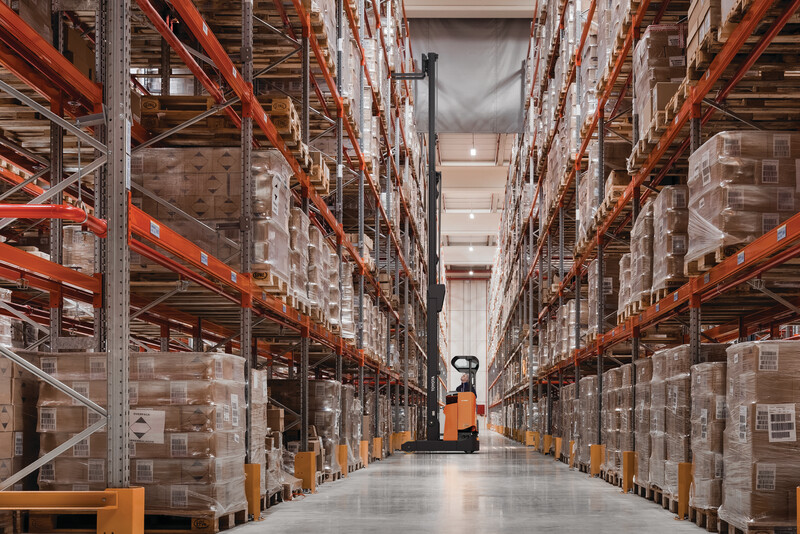Forklifts are indispensable tools in various industries, enabling efficient material handling and warehouse operations. One critical component of a forklift is its mast, which supports and lifts loads. Forklift masts come in different configurations to suit diverse applications. This article will explore the various types of forklift masts and their purposes, shedding light on the benefits they offer in specific material handling scenarios.
1. Single-Stage Mast:
The single-stage mast, also known as a standard mast, is the most common type found in forklifts. It consists of two vertical channels and offers single-stage lifting. Standard masts are ideal for general-purpose tasks and work well in situations where low to medium lift heights are required. They provide great visibility for operators and are cost-effective options for many businesses.
2. Two-Stage Mast:
Two-stage masts, also known as duplex masts, feature an additional hydraulic cylinder that allows the forklift to lift loads to greater heights. With two sections that extend, duplex masts are suitable for applications requiring increased lifting heights. They are often found in warehouses, manufacturing facilities, and distribution centers where taller racking systems or containers need to be accessed.
3. Three-Stage Mast:
Three-stage masts, also known as triplex masts, offer even greater lift heights than duplex masts. They consist of three telescoping sections and provide enhanced versatility in multi-level stacking operations. Triplex masts are commonly utilized in high-density storage facilities and industries that handle tall pallets or racking systems. Their ability to reach significant heights while maintaining stability makes them valuable assets for efficient vertical material handling.
4. Quad Mast:
Quad masts, as the name suggests, feature four stages and provide exceptional lifting capabilities. With a quad mast, forklifts can reach heights beyond those achievable with triplex masts. These masts are ideal for demanding applications that involve high racking or double-deep stacking. Industries such as logistics, large-scale warehousing, and construction can benefit from the extended reach and versatility offered by quad masts.
5. Telescopic Mast:
Telescopic masts are a unique type that extends horizontally as well as vertically. These masts are commonly found in rough-terrain forklifts or telehandlers. With the ability to extend the mast forward, telescopic masts offer improved reach and maneuverability, making them ideal for construction sites, agricultural applications, and outdoor material handling tasks.
Forklift masts play a crucial role in determining the lifting capacity, height, and versatility of a forklift. Understanding the different types of forklift masts and their purposes allows businesses to choose the appropriate configuration for their specific needs. Whether it’s a standard mast for general handling or a quad mast for high-reach applications, selecting the right mast type optimizes efficiency, productivity, and safety in material handling operations. By assessing your requirements and considering the advantages offered by each mast type, you can make an informed decision and ensure your forklift fleet is equipped to handle the challenges of your industry.
